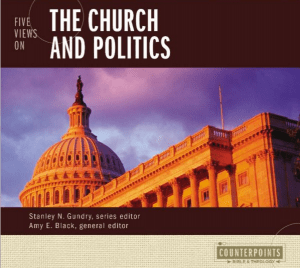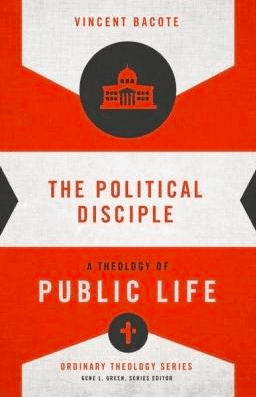If this is accurate, it is unacceptable. Is Toobin fair?
As of this Saturday, February 22nd, eight years will have passed since Clarence Thomas last asked a question during a Supreme Court oral argument. His behavior on the bench has gone from curious to bizarre to downright embarrassing, for himself and for the institution he represents.
This point was especially apparent on January 13th, when the Court considered the case ofNational Labor Relations Board v. Noel Canning, which raises important questions about the President’s ability to fill vacancies when the Senate is in recess. It was a superb argument—highly skilled lawyers engaging with eight inquisitive judges. The case also offered a kind of primer on the state of the Court in action, with Thomas’s colleagues best viewed in pairs…
As for Thomas, he is physically transformed from his infamous confirmation hearings, in 1991—a great deal grayer and heavier today, at the age of sixty-five. He also projects a different kind of silence than he did earlier in his tenure. In his first years on the Court, Thomas would rock forward, whisper comments about the lawyers to his neighbors Breyer and Kennedy, and generally look like he was acknowledging where he was. These days, Thomas only reclines; his leather chair is pitched so that he can stare at the ceiling, which he does at length. He strokes his chin. His eyelids look heavy. Every schoolteacher knows this look. It’s called “not paying attention.”…
For better or worse, Thomas has made important contributions to the jurisprudence of the Supreme Court. He has imported once outré conservative ideas, about such issues as gun rights under the Second Amendment and deregulation of political campaigns, into the mainstream. Scalia wrote District of Columbia v. Heller, which restricted gun control, and Kennedy wrote Citizens United v. Federal Election Commission, which undermined decades of campaign-finance law, but Thomas was an intellectual godfather of both decisions.
Still, there is more to the job of Supreme Court Justice than writing opinions….
By refusing to acknowledge the advocates or his fellow-Justices, Thomas treats them all with disrespect. It would be one thing if Thomas’s petulance reflected badly only on himself, which it did for the first few years of his ludicrous behavior. But at this point, eight years on, Thomas is demeaning the Court. Imagine, for a moment, if all nine Justices behaved as Thomas does on the bench. The public would rightly, and immediately, lose all faith in the Supreme Court. Instead, the public has lost, and should lose, any confidence it might have in Clarence Thomas.











